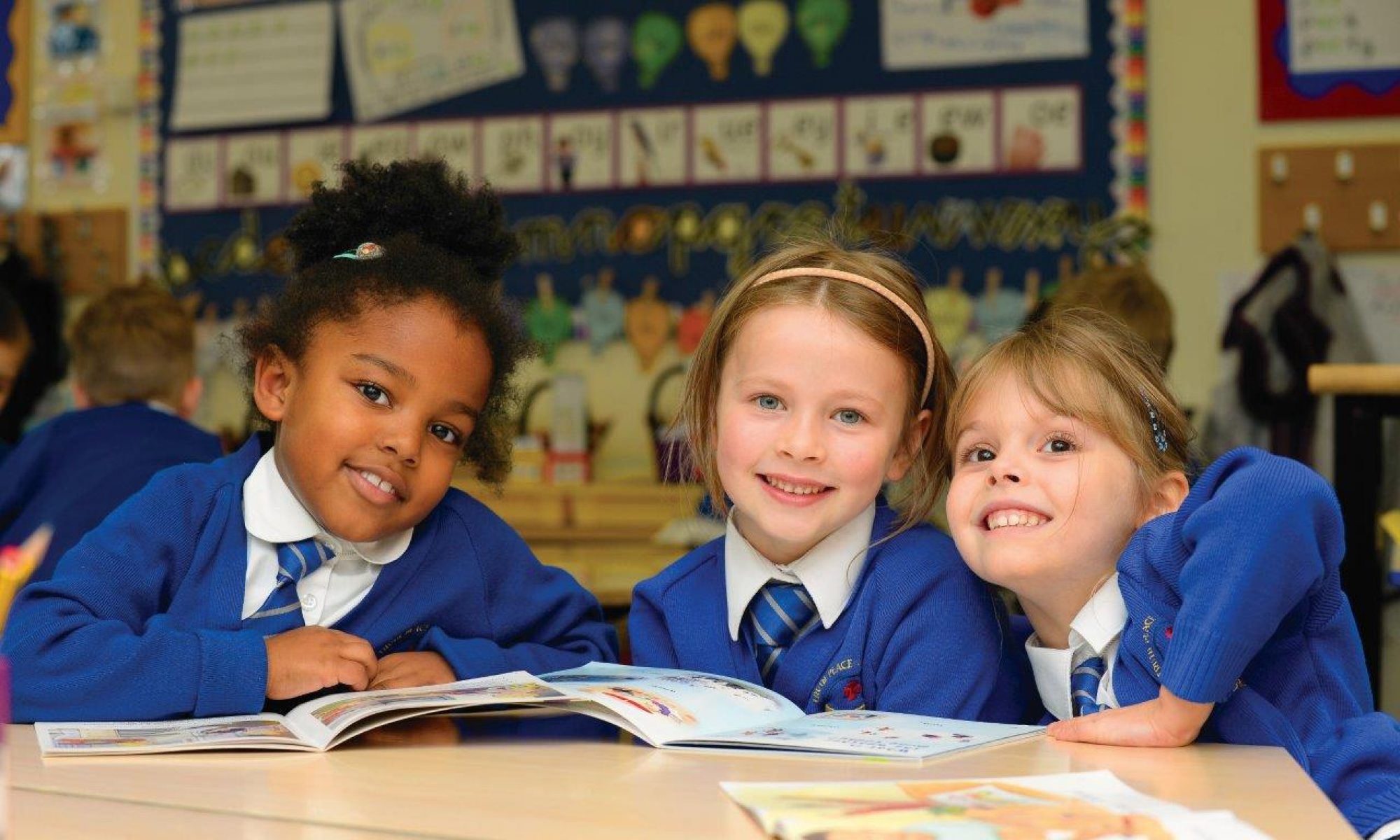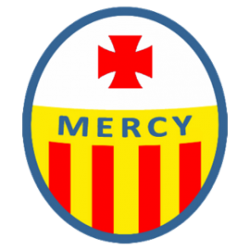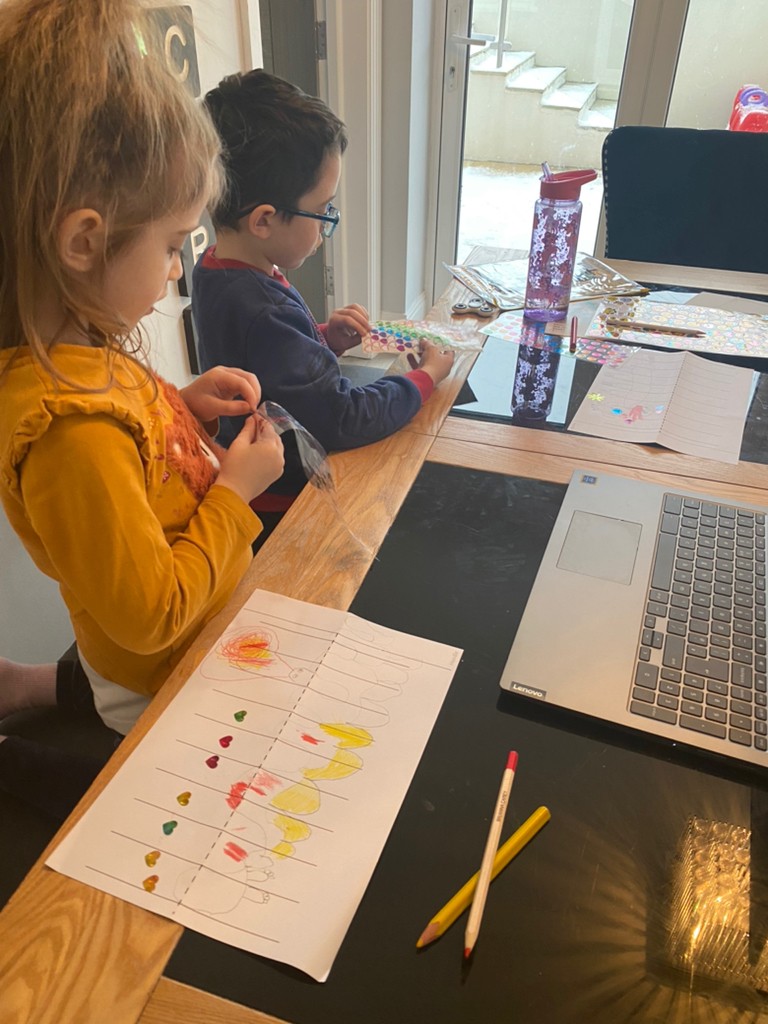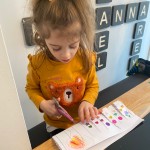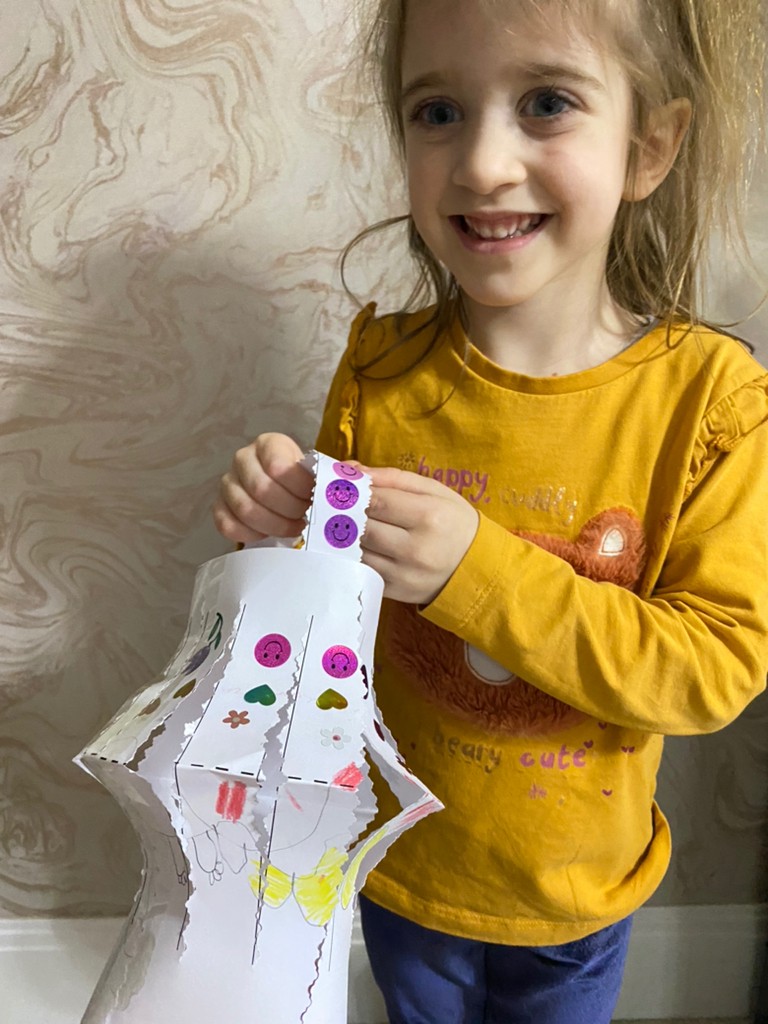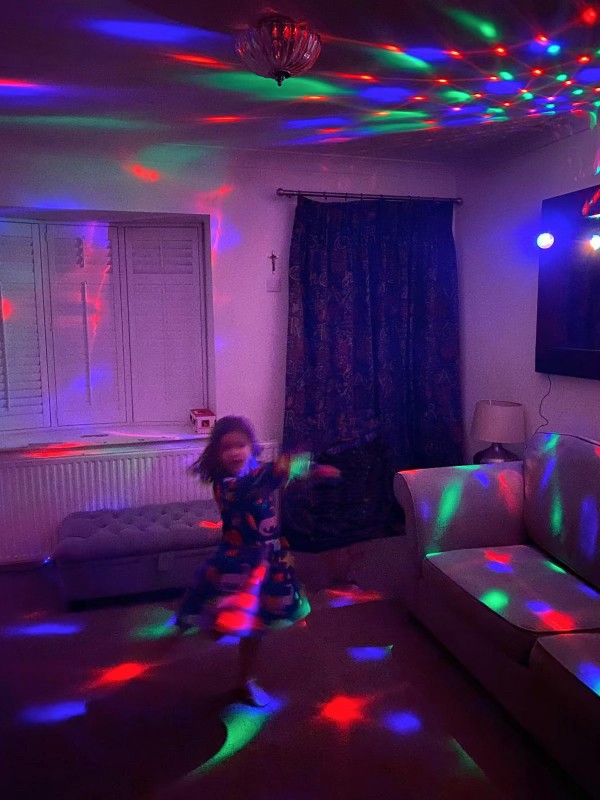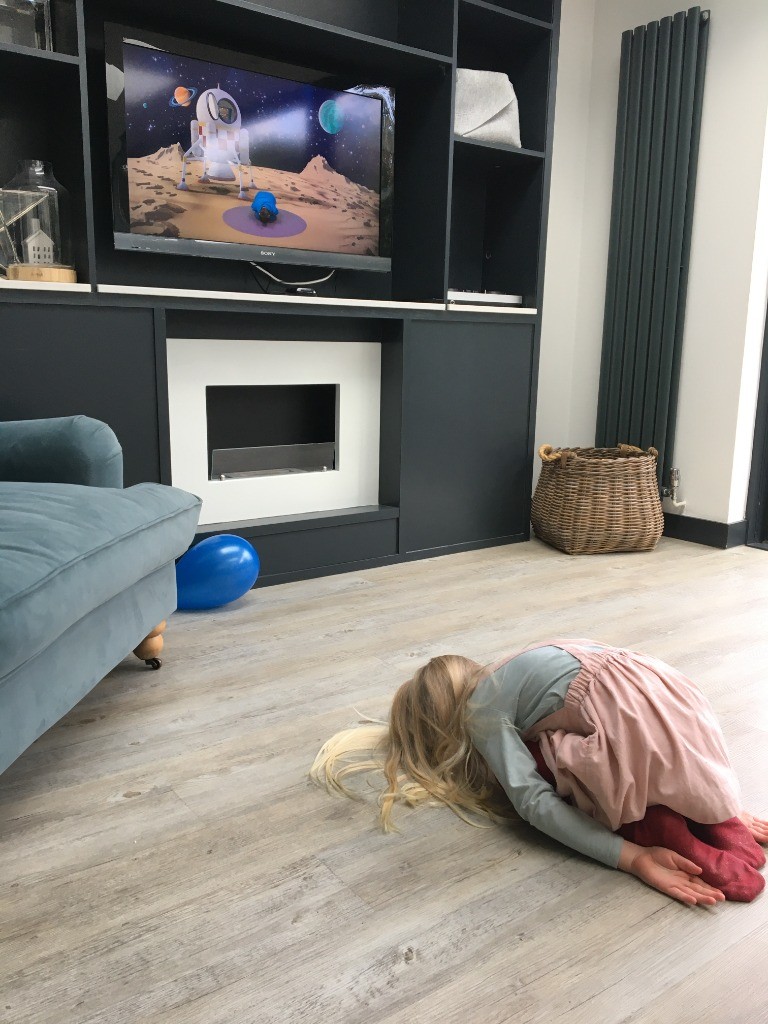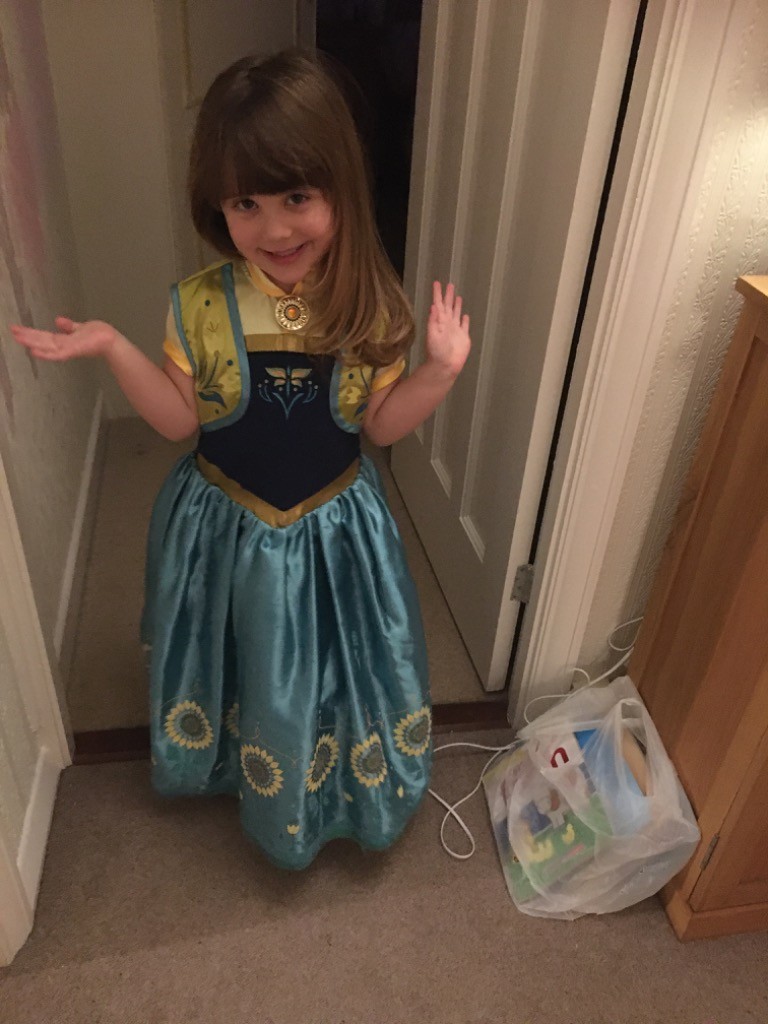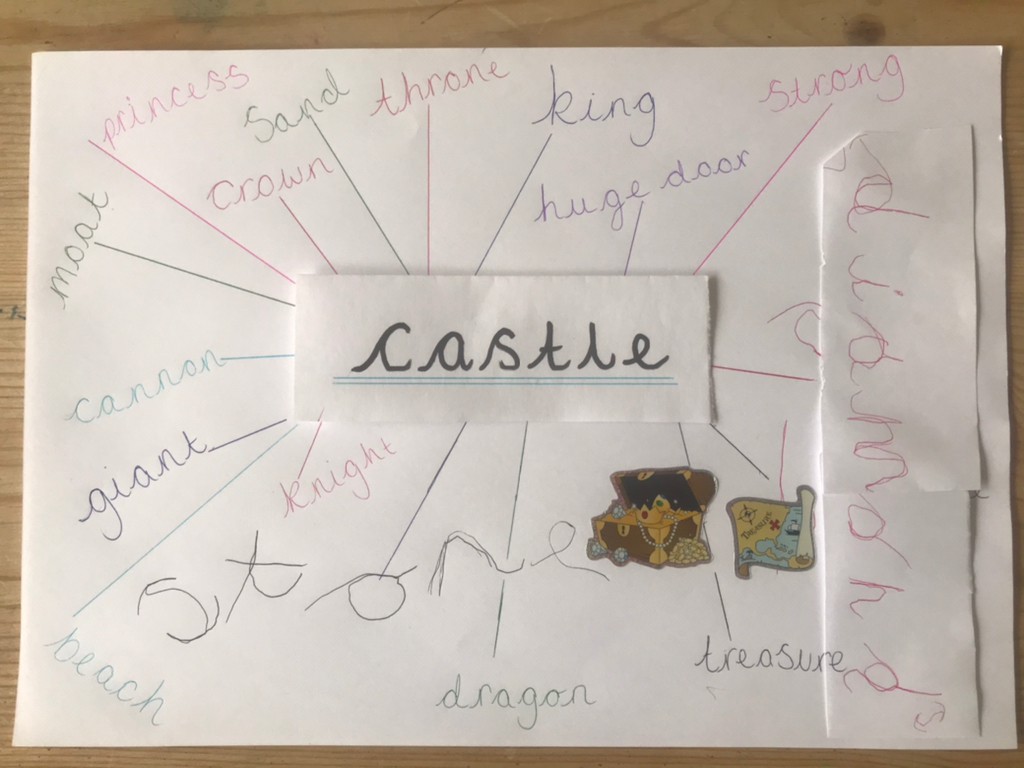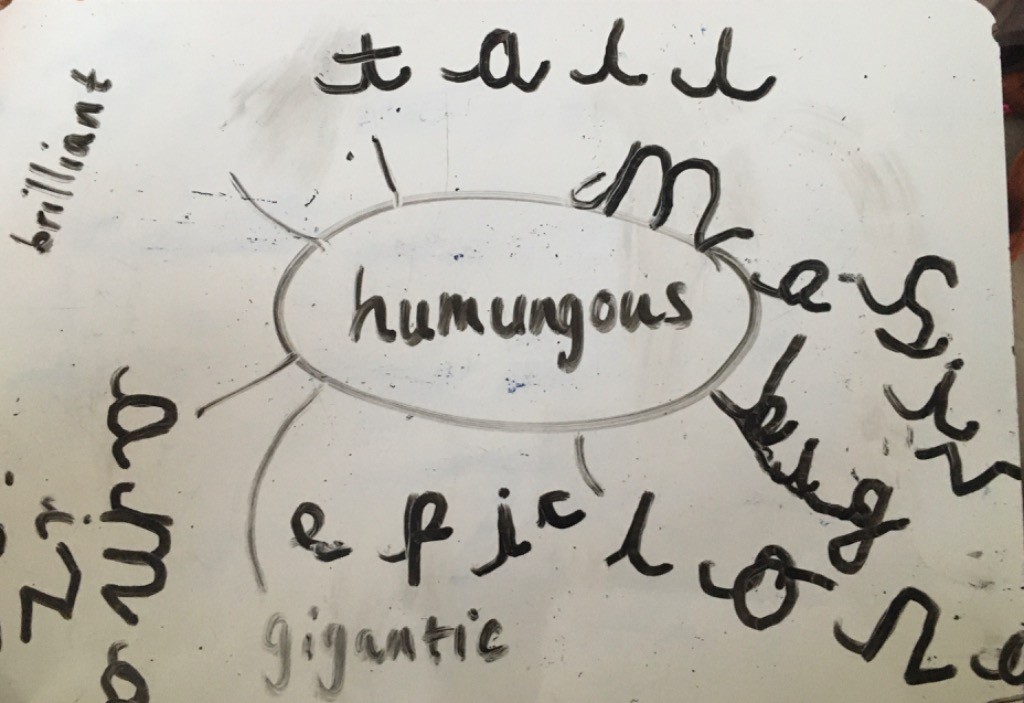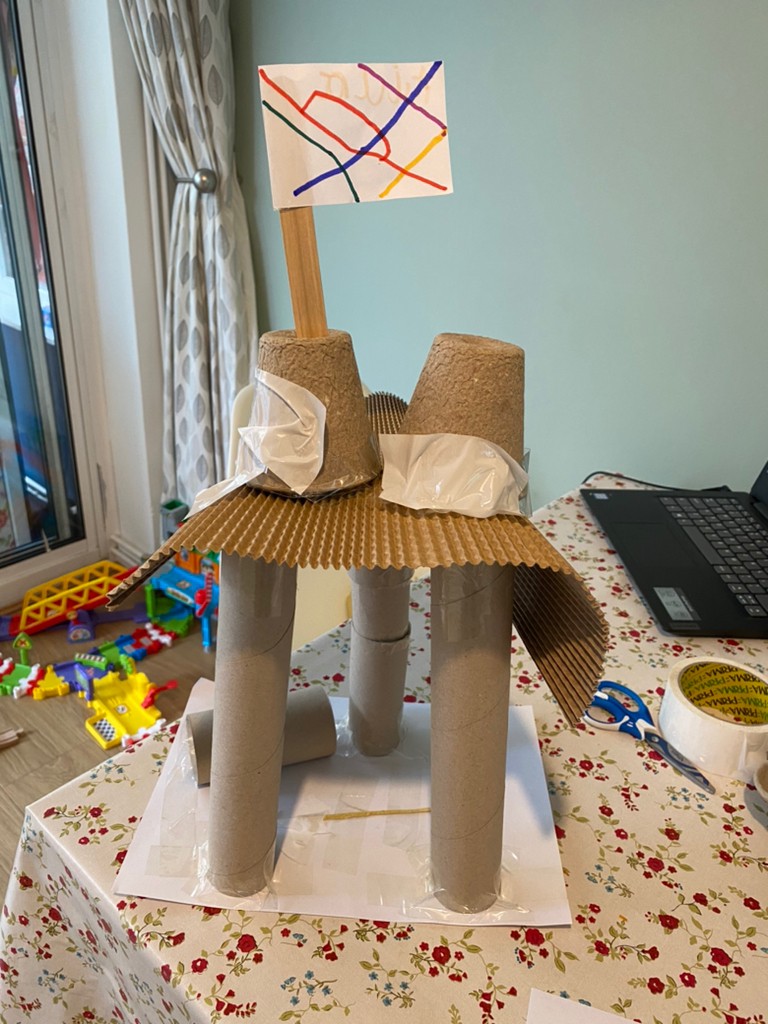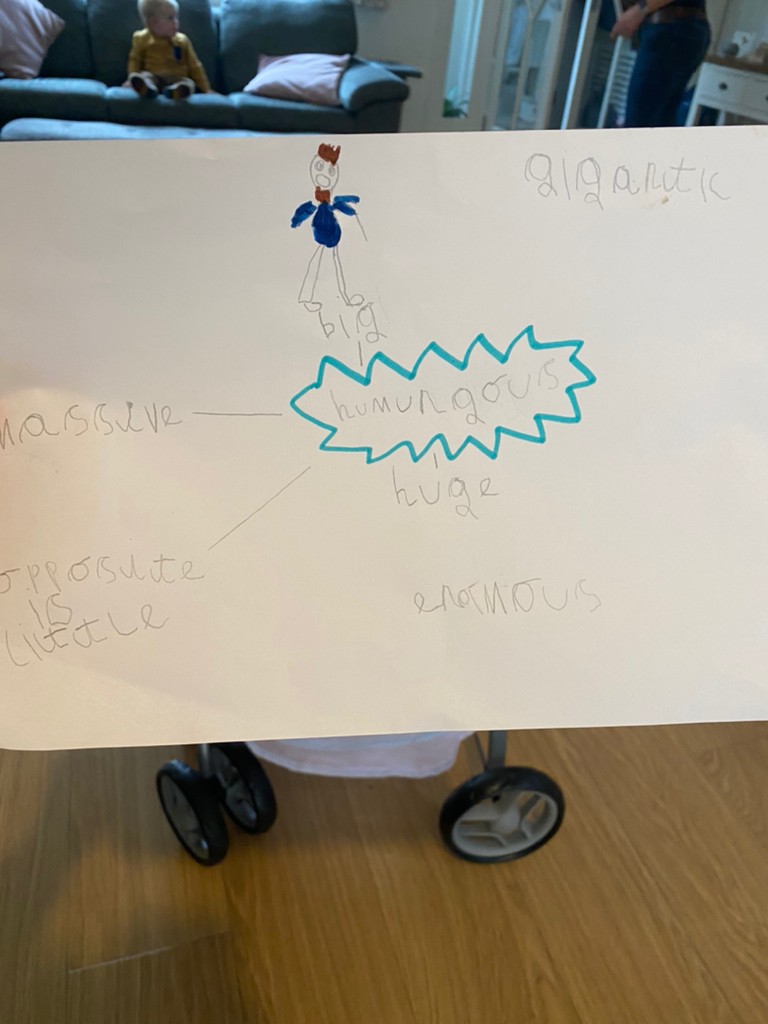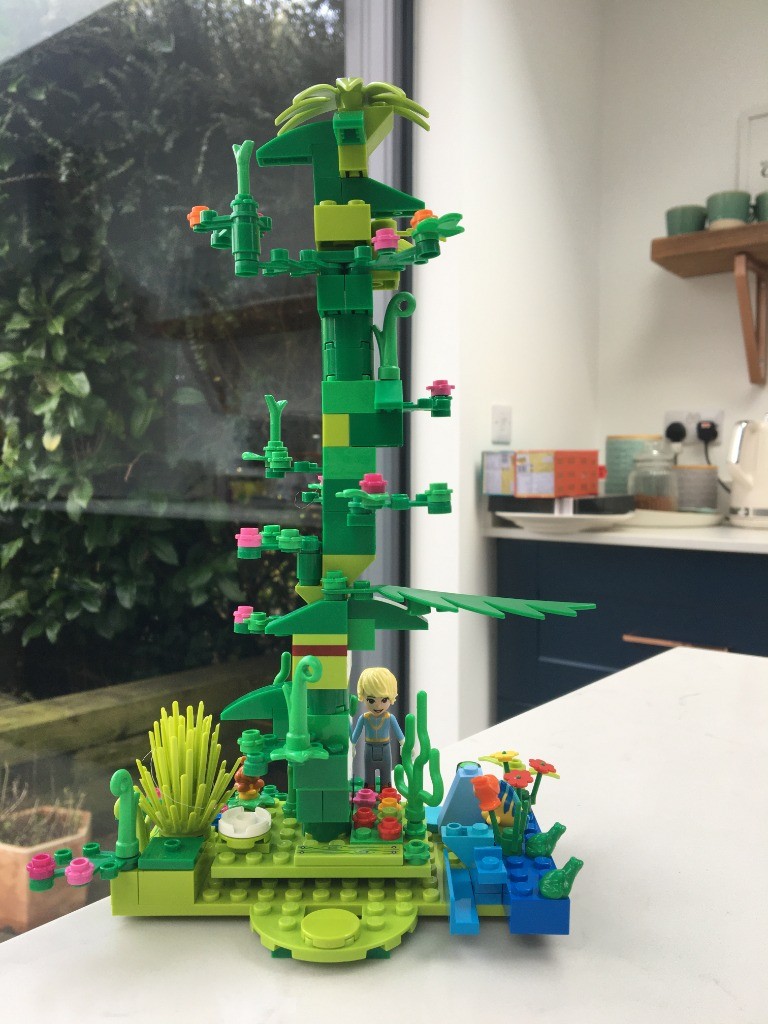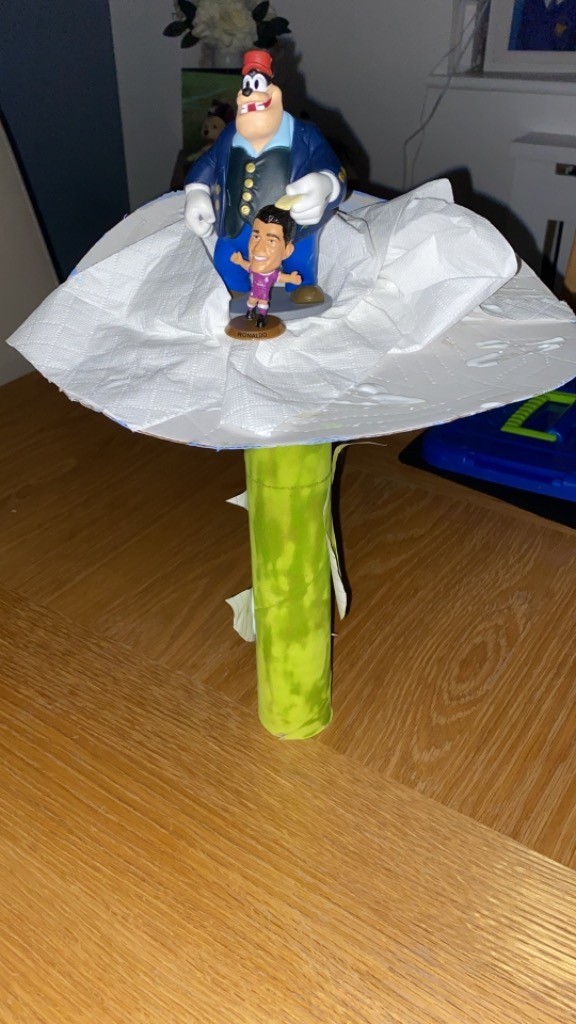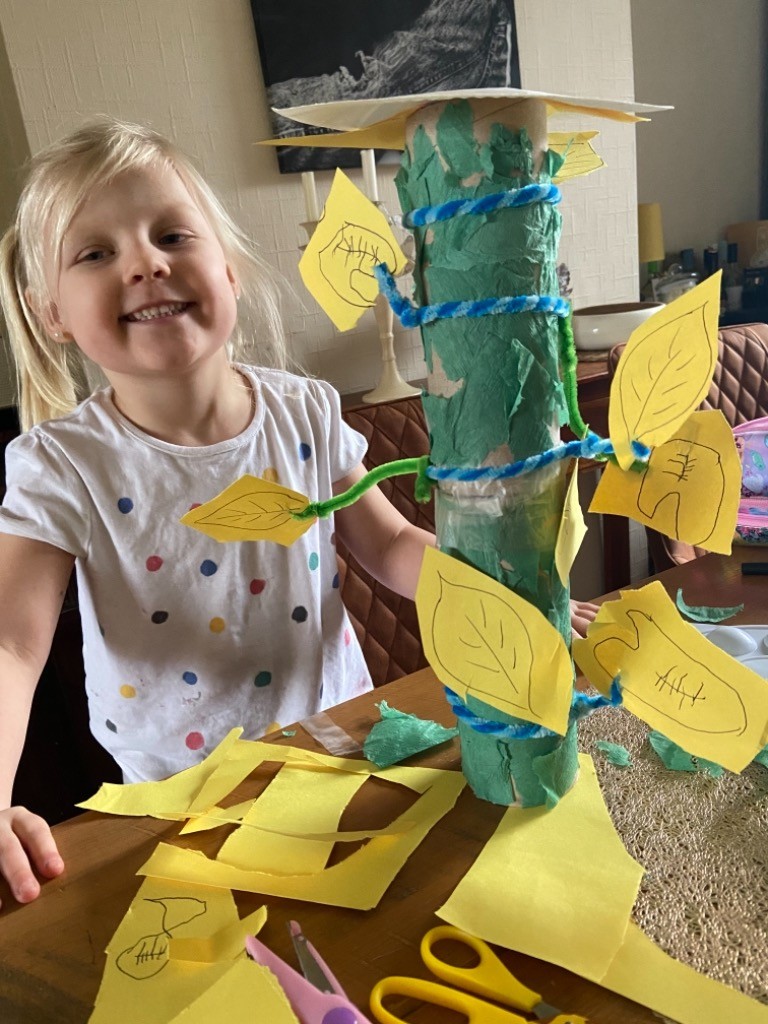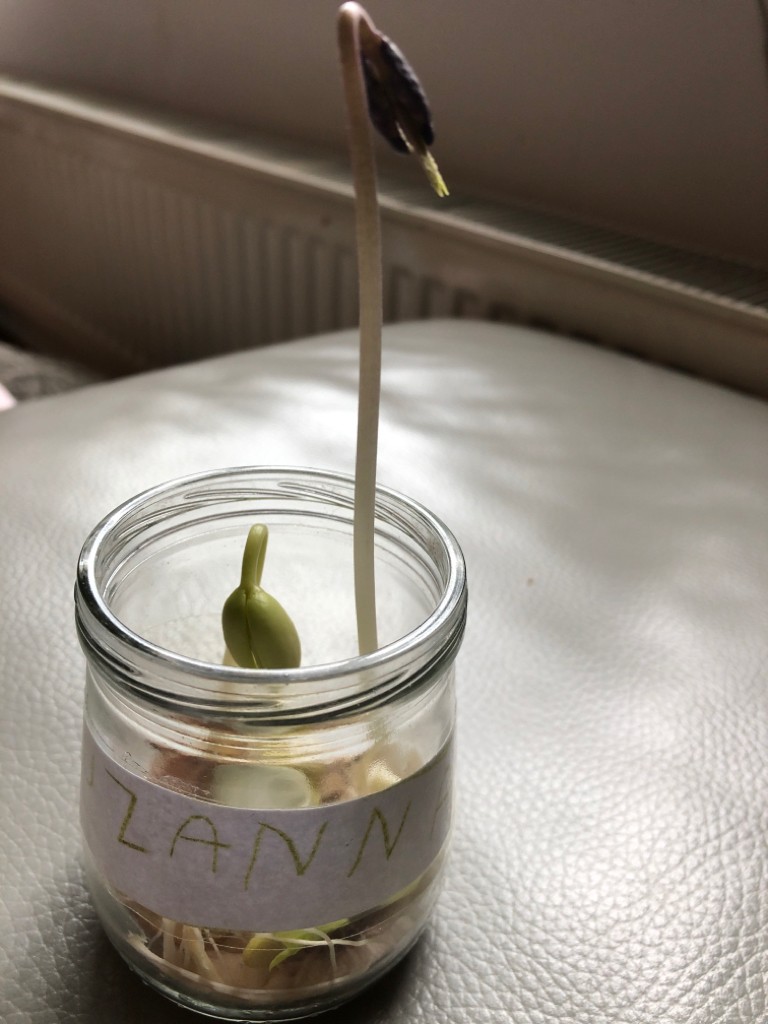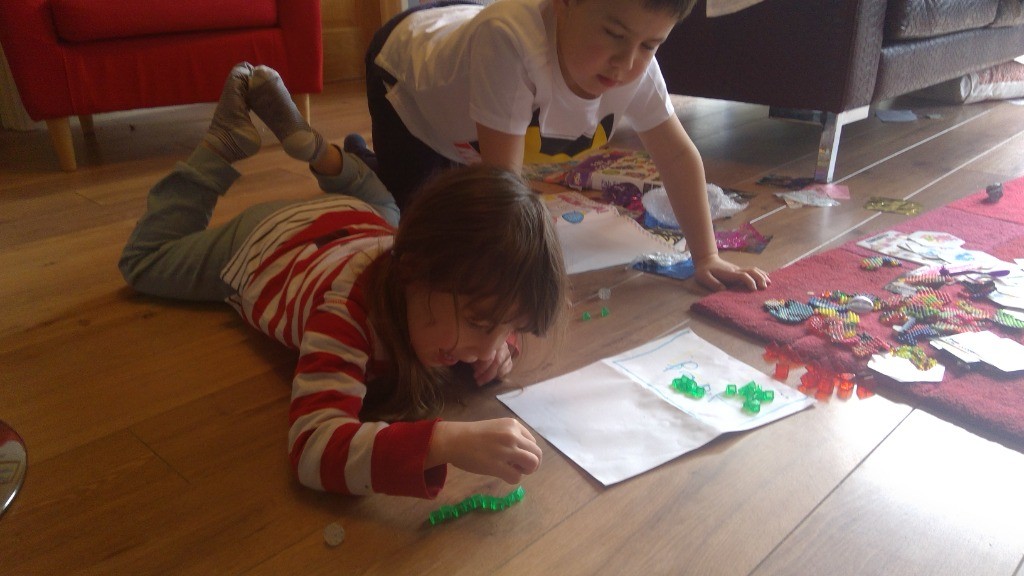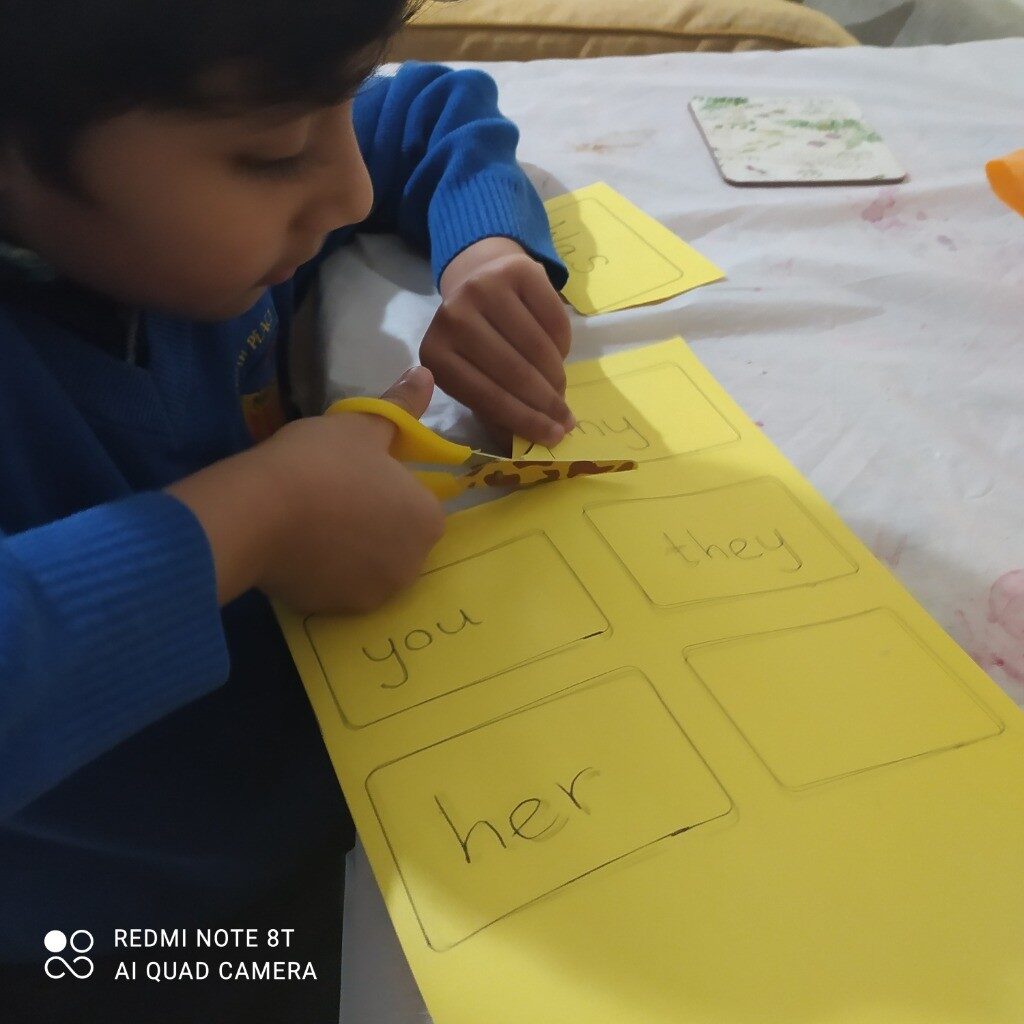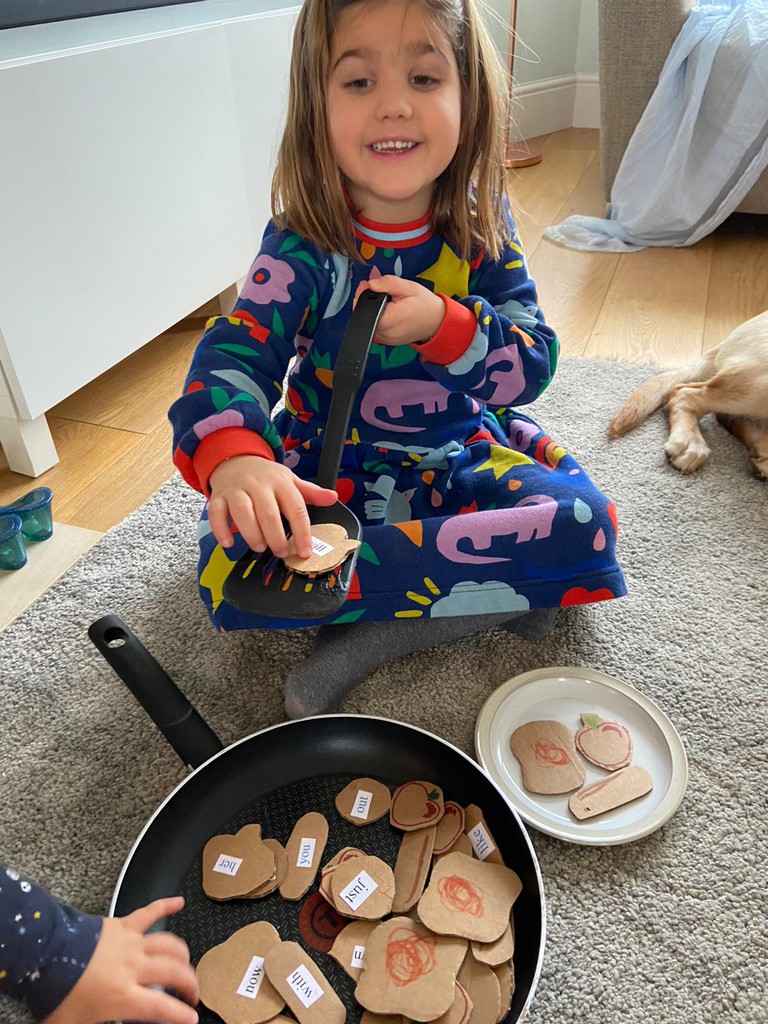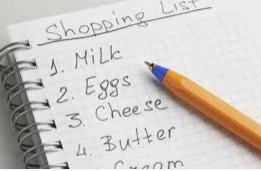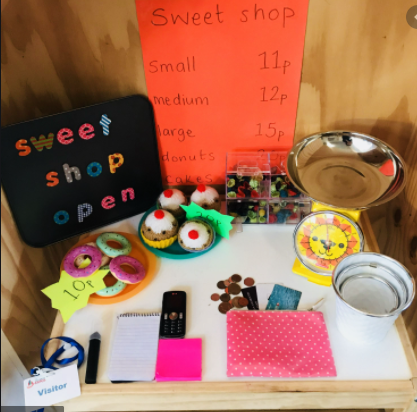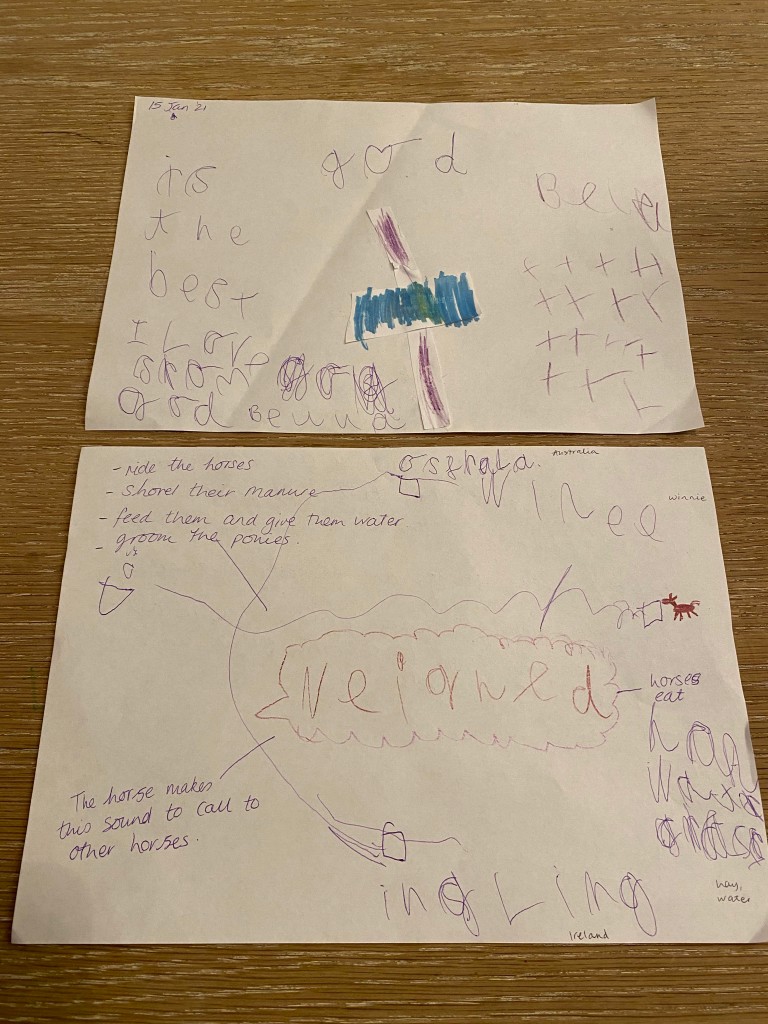Hello Reception parents and children,
It’s been heartening to hear how much the children are enjoying Chinese New Year. Thank you for all your posts. The school is gathering together copies of children’s work to memorise geography day at St. Adrian’s and all your photos will help to celebrate Reception’s contribution to the Asia theme.
Chinese New Year
A story about Chinese New Year

I’ve posted a story on the Memo section of Tapestry about Samantha and her family as they prepare for Chinese New Year.
Crayon etching fireworks picture

Here is a fun idea for an unusual fireworks picture using wax crayons. I’m sure your child will love to reveal the different colours as they scrape off the top black layer.
You will need:
Wax crayons (including black)
White card
Stick
What to do:
Ask your child to colour all over the card with different bright crayons. Make sure that the whole card is covered.
Now ask your child to colour over the top with black crayon. Make sure that to cover all the first layer of bright colours.
Ask your child to carefully use the stick to scrape away some of the black crayon in a swirly motion to reveal the colours below. Top tip: Tell your child to be careful not to press too hard or the coloured crayon below will be scrape away!

Alternatively, your child could create a fireworks picture using paint, felt tip pens or PVA glue and glitter.
Letters and Sounds
Today’s new sound – ‘oi’ (digraph two letters but one sound)
This video introduces the ‘oi’ sound.
This video will support reading and writing ‘oi’ words.
Below is the action for the ‘oi’:

Show your child how to write ‘oi’ using the correct letter formation.

Letter formation for ‘o’ and ‘i’ can be found in your child’s letters and sounds book.
Encourage your child to ‘have a go’ at writing the ‘oi’’ sound.
For challenge
Only if your child is ready. Write the following words:

For extra challenge
Write a sentence and draw a picture to accompany the sentence.


Maths
Create your own map
Ask your child to create a map of a familiar space: the living room, bedroom, garden etc. You may need to model this for your child by drawing your own map.
Once the map is completed something could be hidden in the room, then ask your child to show on the map where it is hidden.
Encourage your child to use symbols to indicate the route to the hidden object.
Here are some symbols examples:

Enjoy your day.
Nicola Palmer
